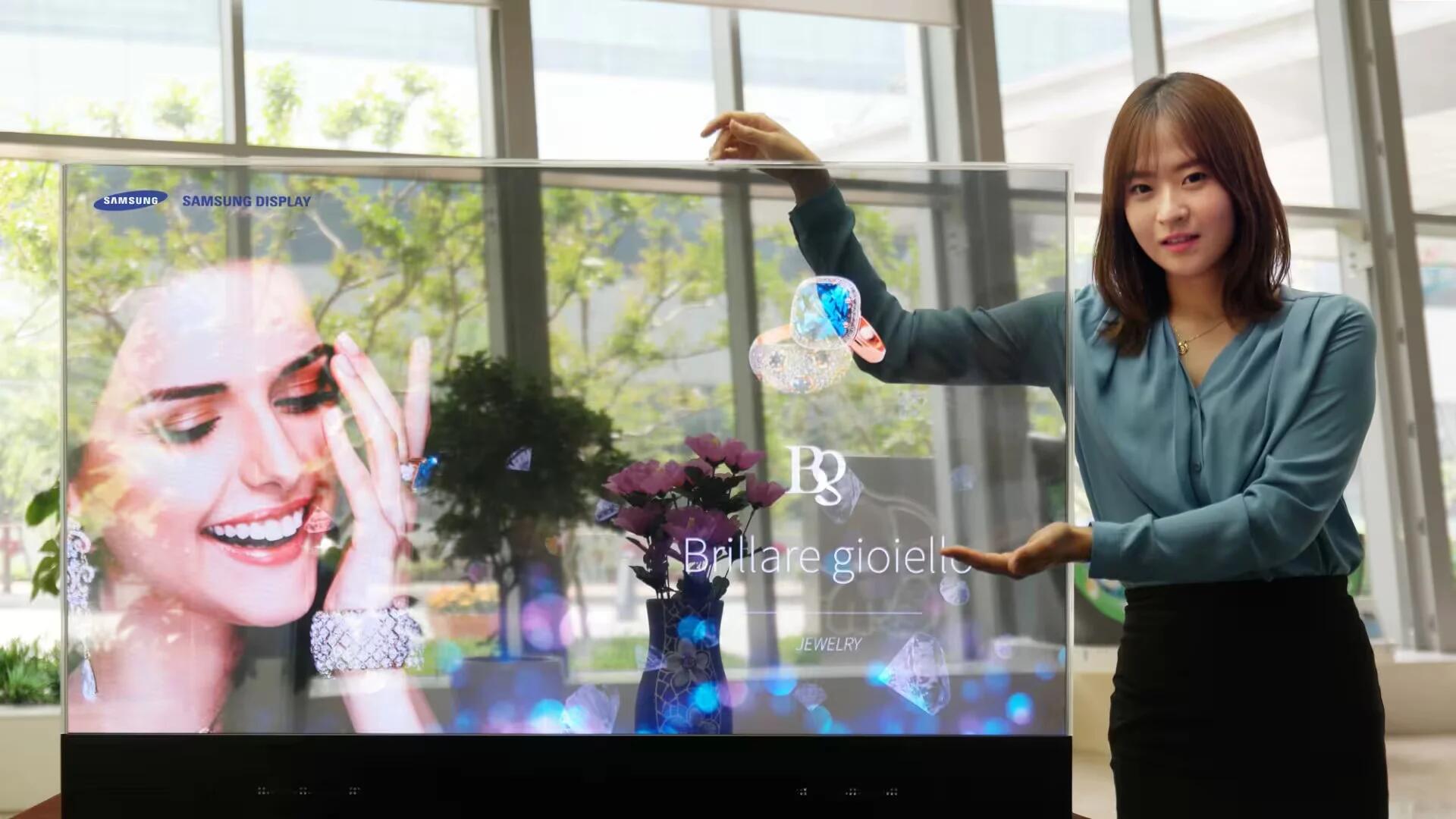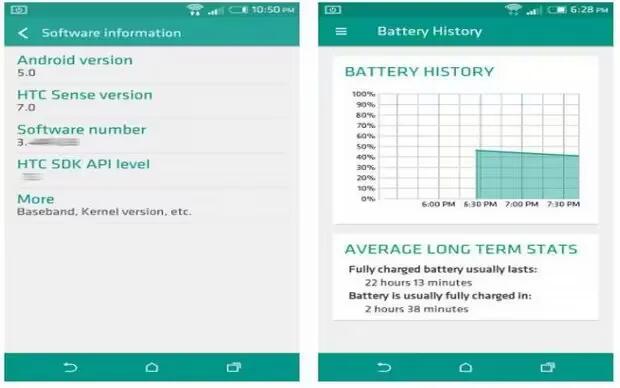4 Disadvantages Of OLED Displays

OLED displays offer very high picture quality and excellent color reproduction, while keeping the battery consumption to a minimum. Many smartphone and laptop manufactures use OLED displays in their products. Even Apple is looking to release OLED iPhone 8 this year.
While there are various advantages over the older, traditional panels, there are also disadvantages in using them. Here we will focus on some of the common disadvantages of using OLED display in your devices.
1. Low Yield
Even though OLED production has advanced from 10% yield rate to 65% to 80%, it is still relatively low and has high wastage.
2. Premium Cost
Another milestone yet to be achieved is to bring down production costs for OLED panels along with achieving efficiency. OLED panels sell for quite a premium making it unappealing for manufacturers. Thus, not all gadgets can adopt it as it would end up increasing their manufacturing costs making the device expensive and less affordable.
However, we can expect the manufacturing costs to reduce in the near future as more companies start manufacturing OLEDs.
3. Smaller Lifespan
The lifespan of an OLED display is also a major concern. The organic molecules tend to degrade sooner as compared to the non-organic ones. In addition, the earlier versions of OLED displays seem to be continuing to get worn out about four times faster than traditional LCD or LED displays.
4. Blue Pixel Problems & Deteriorating Colors
Another major concern in OLED panels is the nasty blue pixel. The red and the green sub-pixels have a longer lifetime up to 46,000 to 230,000 hours as compared to blue ones that last around 14,000 hours. As the blue pixel deteriorates faster than the rest, the device loses out on uniform color reproduction across the panel.
As a way around to this issue, Samsung has been following a double-pixel approach. In this model, a blue pixel, twice as large than the green and the red one is added in the arrangement to combat the faster decay of the blue sub pixel compound. LG, on the other hand uses the WRGB arrangement to combat this issue.
While both companies use different solutions to the problem, none of them can efficiently combat the issue or offer uniform color reproduction as the device ages. However, there are lot of research is going on and we can soon expect a more reliable and efficient fix.
While there are some disadvantages, there are also various advantages in using OLED panels that makes it worthwhile. You can learn more about the advantages of OLED displays by visiting here.









 RSS - All Posts
RSS - All Posts
hopefully will fix these issues asap